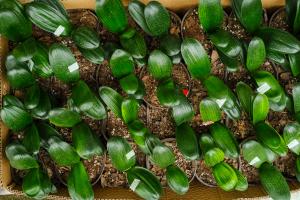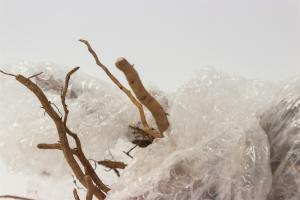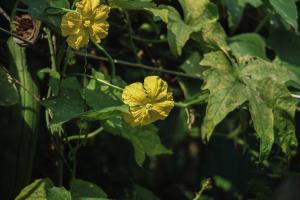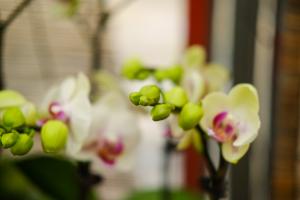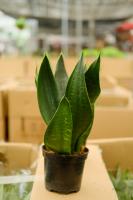1、 Breeding method:
1. Basin soil selection:
Potted purple bamboo planted at home is easier to feed. As long as the temperature is enough and the sun is enough, the soil selected is loose. You can use plastic pots to plant purple bamboo and water it with rice washing water at ordinary times

2. Water and fertilizer management:
Purple bamboo likes warm and humid places. During the growth period, according to the changes of the weather, if you see the basin bottom dry in 2 to 5 days, you should pour water once, and you can't pour too much to prevent the root from rotting. After bamboo survives, appropriate fertilization should be applied to achieve "thin fertilizer and frequent application". Temperature and light: purple bamboo is most suitable for 18 ° C to 25 ° C. It can't be exposed to the sun in summer. It's best to put it in a place with partial sunlight, otherwise it will lose its luster. When the temperature drops below 5 ° C, put it indoors for the winter

4. Update breeding:
After planting purple bamboo for a long time, if it is found that the height of purple bamboo is out of proportion to the size of the basin, which affects the beauty, it can be cut short at a distance of 10 cm to 15 cm from the basin soil in May and June. After that, new branches will grow in the lower part. The cut stems are not useless and can continue to reproduce. The cut purple bamboo, as long as it takes root, is directly planted into the soil

2、 Precautions:
1. Purple bamboo likes wet places, so we must not put it in too dry places. We must pour the basin water through the bottom for the first time, and then keep the basin bottom wet, but we can't pour too much, otherwise the root of purple bamboo will rot, which greatly reduces its ornamental value. From the time it is put into the basin to its survival, it should often spray water like the surface of the leaves. If it is found that the leaves are curled, it should be watered in time
2. Potted purple bamboo uses organic fertilizer. After survival, it should be "thin fertilizer and frequent application"
3. Potted purple bamboo should also pay attention to pests. It should be sprayed with 80% dichlorvos emulsion. If more attention is paid to ventilation and light transmission, it can effectively prevent the harm of pests and diseases. At ordinary times, it is necessary to strengthen management and trim bad branches in time

 jackfruit
jackfruit snake plant
snake plant hibiscus
hibiscus hydrangea
hydrangea lavender
lavender Green roses climb al...
Green roses climb al... If you don't pay att...
If you don't pay att... Management of four g...
Management of four g...